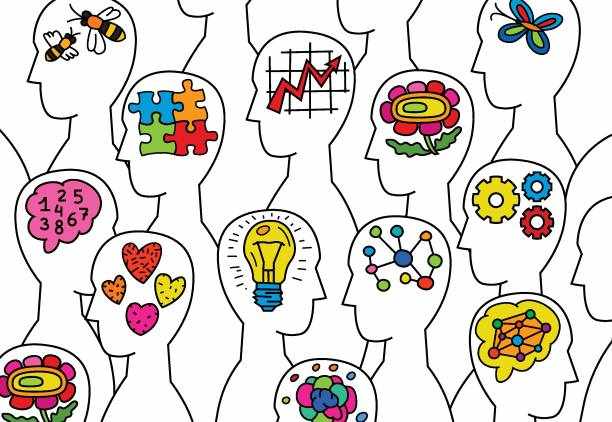
On a quiet Monday morning, a teacher begins class with two simple adjustments: a visual schedule on the board and a brief settling activity. One student, who often hesitates to begin writing, refers to the visuals, gathers materials, and starts independently. Another student opts to stand during the task, which enables sustained attention throughout. These small shifts — clarity, choice, and predictable structure — illustrate how classrooms can be designed to meet diverse learning needs. They also reflect the central idea of Neurodiversity: when environments anticipate variability, more students access learning.
The question “What is Neurodiversity?” is both conceptual and practical. It recognises natural differences in how individuals perceive, process, and express information. In education, this understanding shapes the inclusive meaning of schooling: equitable access to rigorous learning through thoughtful design. This is the foundation of Inclusive Education and underscores the broader Need of Inclusive Education.

Why Neurodiversity Matters in Education
When classrooms anticipate differences in attention, literacy, sensory preferences, and executive functioning, teachers can offer multiple pathways to understand content and demonstrate mastery. These approaches benefit all students, including those with profiles such as ADHD, dyslexia, or autism, and those without formal labels. In this context, the Neurodiverse Meaning within education is both ethical and practical: learner profiles inform instruction, assessment, and support so that expectations remain high and access is fair.
Inclusive Teaching Strategies for Neurodiverse Students
Translating principle into daily practice requires consistent, evidence-informed strategies. The following approaches reflect the work of Inclusive Education:
Structured clarity: concise instructions, task chunking, and visual schedules to reduce cognitive load and increase independence.
Multiple modalities: present information through text, visuals, audio, demonstrations, and hands-on activities to widen entry points.
Flexible output: provide options for demonstrating learning — written, oral, visual, or model-based — so assessment reflects mastery rather than a single mode.
Environmental supports: calm corners, noise reduction tools, movement breaks, and seating choice to aid regulation and focus.
Scaffolding with gradual release: model first, practise with guidance, and then encourage independent application, revisiting as needed.
Assessment flexibility: adjusted time, alternative formats, and transparent rubrics to ensure fairness while maintaining standards.
These strategies do not lower expectations; they make them attainable and measurable.
Role of Teachers and Parents in Supporting Neurodiverse Learners
Teachers lead by planning for variability, using data to refine supports, and offering strengths-based feedback. Parents contribute essential insight about patterns at home — triggers, effective strategies, and progress. Regular, solution-focused communication anchored in a brief support plan — two or three priority strategies, timelines, and review points — promotes consistency across settings. Review cycles should be scheduled and evidence-based so adjustments are timely and purposeful. This partnership reflects the Inclusive Meaning of education: coordinated, respectful, and centered on the learner’s growth.
ORIGINALLY POSTED ON- https://stepbystep.school/blog/understanding-neurodiversity/












Write a comment ...